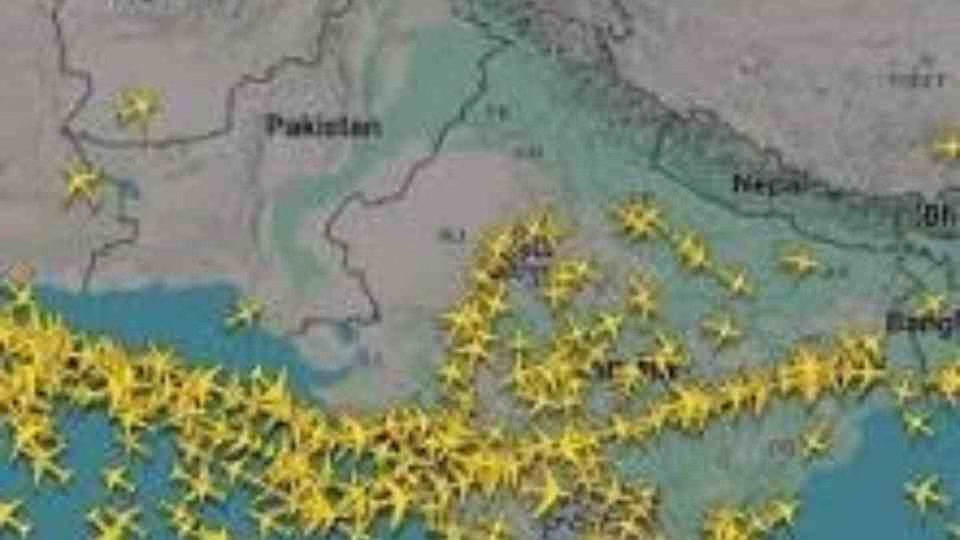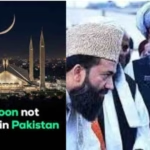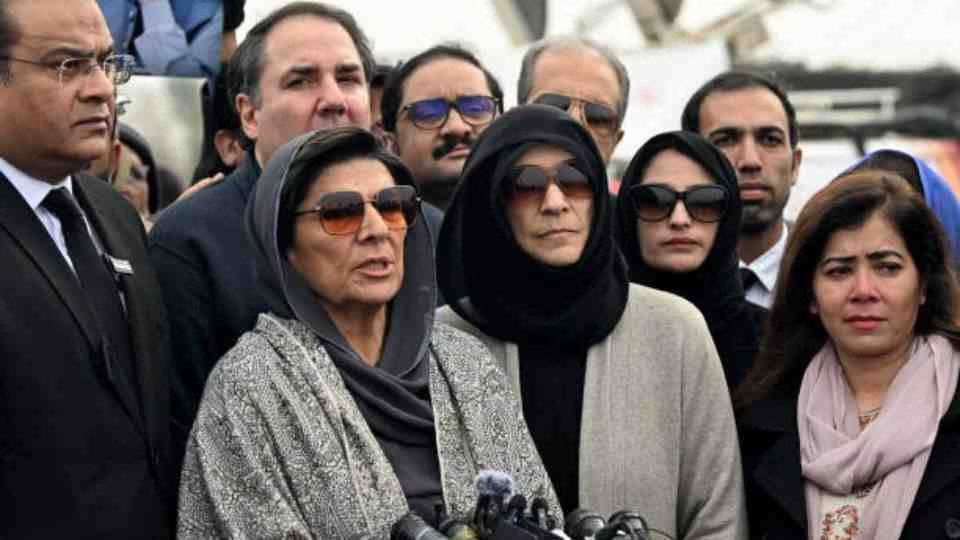Latest Development
In a continuation of diplomatic tensions between two South Asian neighbors, Pakistan has announced another extension of its airspace closure to Indian aircraft, this time extending the ban until September 25, 2025. The decision was formally communicated through NOTAM (Notice to Airmen) A0472/25, issued by Pakistani aviation authorities on Thursday, marking the latest chapter in an ongoing aviation dispute that has persisted for months.
Timeline of Restrictions
The airspace closure has followed a pattern of monthly extensions since its initial implementation:
April 24, 2025: Pakistan first imposed the airspace ban on Indian aircraft amid escalating bilateral tensions between the neighboring countries. The restriction came as diplomatic relations reached a particularly tense period, with both nations engaged in heated exchanges over various political and security issues.
May 23, 2025: The first extension was announced, indicating that the underlying tensions had not been resolved and that Pakistan intended to maintain its hardline stance regarding Indian aviation access.
July 23, 2025: A second extension followed, with the ban initially scheduled to last until this date before being further prolonged.
July 18 to August 24, 2025: The Pakistan Airport Authority implemented another extension, demonstrating the institutionalized nature of the ban and suggesting it had become part of a broader diplomatic strategy.
August 25 to September 25, 2025: The current extension represents the most recent development, indicating that resolution remains elusive despite months of restrictions.

Scope and Specifics of the Ban
The airspace closure is comprehensive in its targeting of Indian aviation operations. According to the official NOTAM, the restriction applies to all Indian-registered aircraft, regardless of their specific operational arrangements. This includes:
- Aircraft directly owned by Indian operators: Commercial airlines, private aviation companies, and other Indian-registered entities are completely prohibited from entering Pakistani airspace.
- Leased aircraft operated by Indian companies: Even aircraft that may be foreign-owned but operated under Indian licenses or by Indian companies fall under the restriction, ensuring no operational loopholes exist.
- Military flights: All Indian military aircraft, including transport planes, fighter jets, and other defense-related aviation assets, are explicitly banned from Pakistani airspace.
- Charter and private flights: The ban extends beyond commercial operations to include private and charter flights registered in India or operated by Indian entities.
International Operations Remain Unaffected
Despite the targeted restrictions against Indian aircraft, Pakistani authorities have been careful to emphasize that their airspace remains fully operational for international aviation. Airlines from other countries continue to operate normally through Pakistani airspace, maintaining the country’s position as an important transit route for international flights crossing South Asia.
This selective approach suggests that Pakistan views the airspace closure as a precise diplomatic tool rather than a broader isolation strategy. By keeping routes open to other nations while specifically targeting India, Pakistan maintains its international aviation relationships while applying pressure on its neighbor.
Broader Implications
The prolonged nature of these restrictions reflects the deeper underlying tensions between Pakistan and India, two nuclear-armed nations with a history of conflict. The aviation ban represents one of several diplomatic and economic measures that countries in the region have employed during periods of heightened tensions.
For the aviation industry, these restrictions create operational challenges for Indian airlines, forcing them to take longer routes around Pakistani airspace when traveling to destinations in the Middle East, Central Asia, and beyond. This results in increased fuel costs, longer flight times, and scheduling complications for airlines and passengers alike.
The monthly extension pattern suggests that Pakistani authorities are using the airspace closure as leverage in broader diplomatic negotiations, with each extension serving as both a continuation of existing policy and a signal about the state of bilateral relations.
As September 25 approaches, the international community and aviation industry will be watching closely to see whether this represents the final extension or if Pakistan will choose to implement yet another prolongation of these unprecedented peacetime airspace restrictions.






